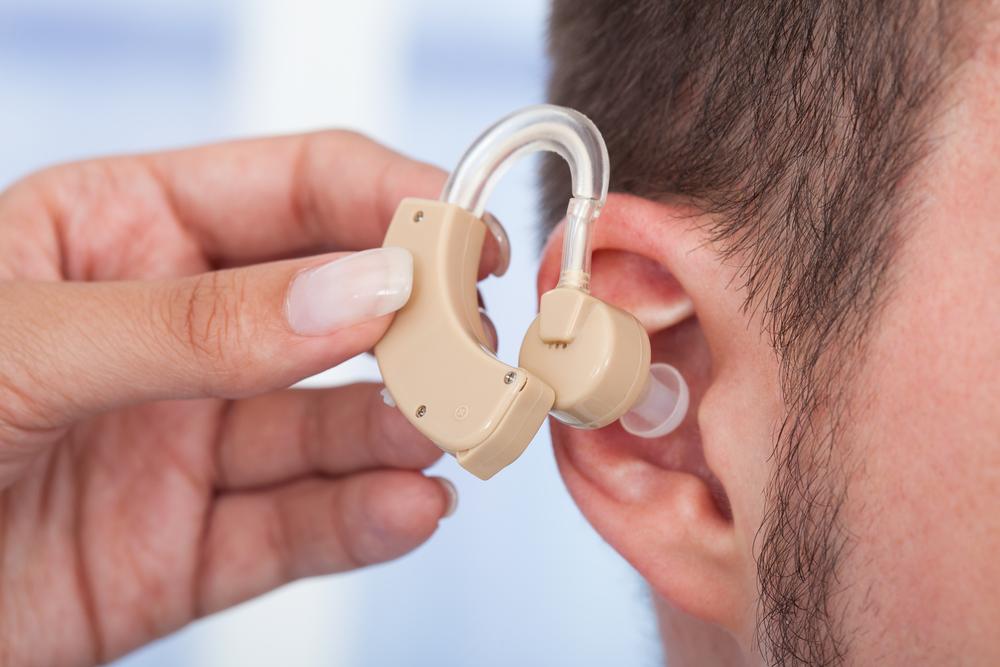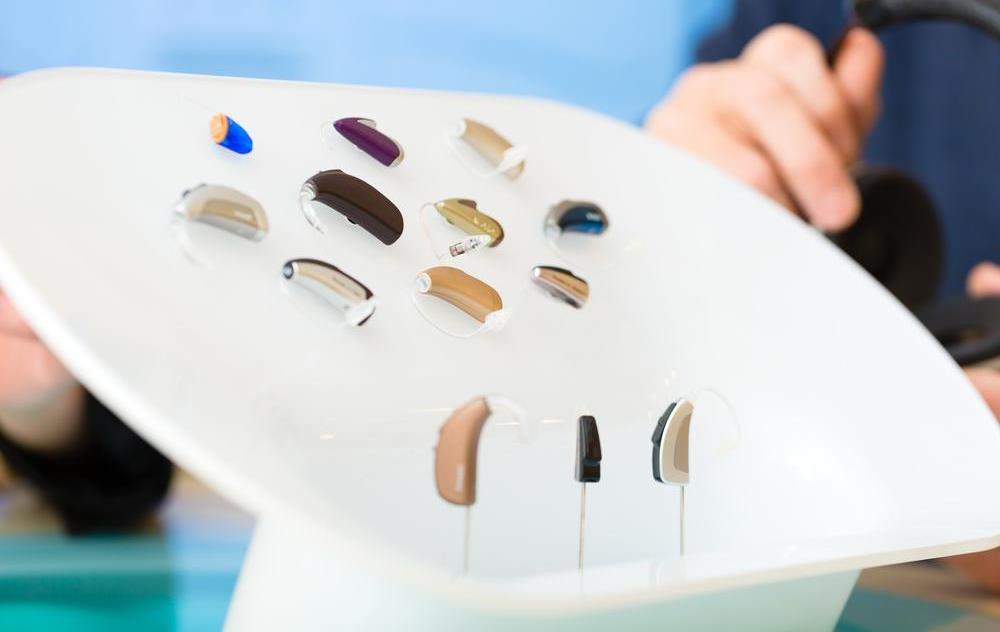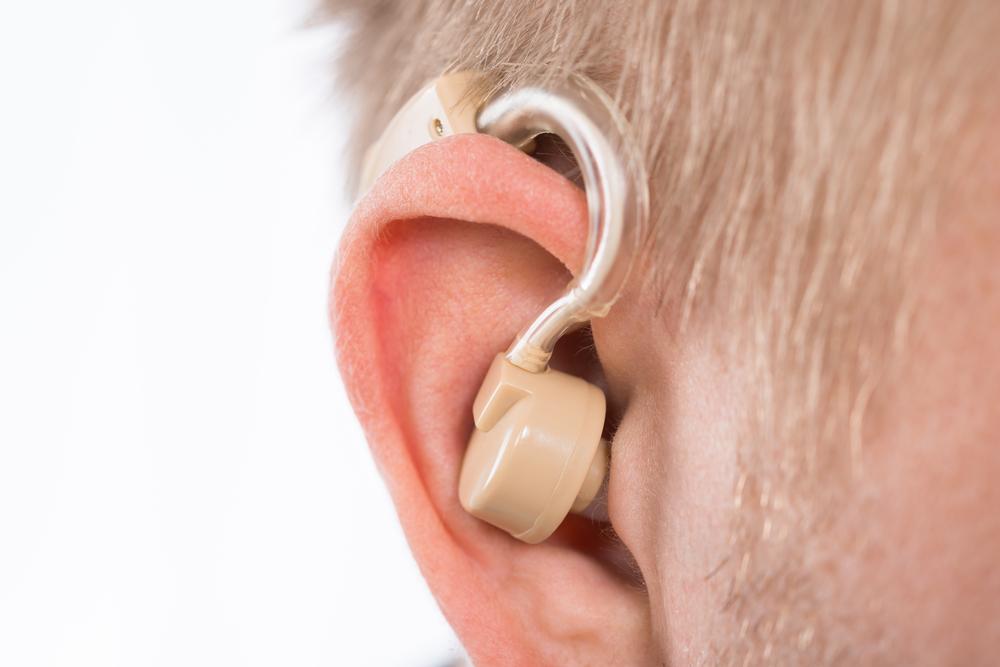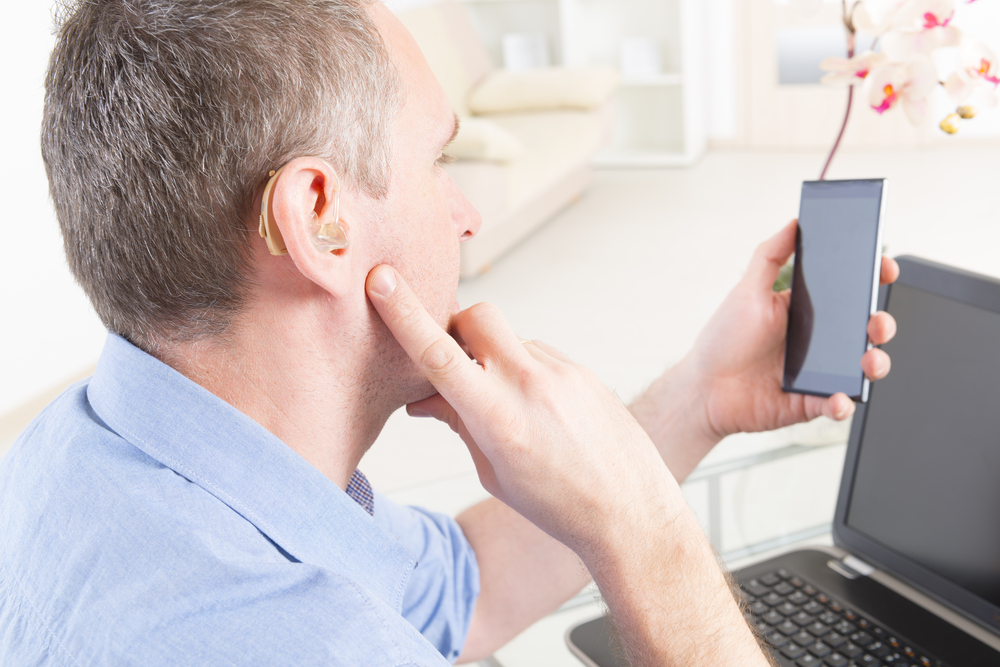Guidelines for Caring for Your Specsavers Hearing Devices
Learn essential aftercare tips for your Specsavers hearing aids, including proper insertion, battery replacement, cleaning, and adjustment. Regular professional consultations and careful handling optimize performance and comfort, ensuring a better hearing experience.
Sponsored

Caring Tips for Your Specsavers Hearing Devices
A hearing aid is a specialized medical device designed to improve your auditory experience. Similar to glasses, you can select a model that suits your preferences. One well-known option available on the market is the Specsavers hearing aid.
After receiving your device, regular visits to an audiologist are essential to ensure proper adjustments. Since Specsavers offers complimentary aftercare, you can consult experts anytime to address concerns. Keep track of any changes in your hearing to help with fine-tuning and accuracy.
Using your hearing aid will bring noticeable clarity to your hearing, making muffled sounds more distinct. It may take a few days to become fully accustomed to it, so patient use is key. Always carry the user manual provided by the manufacturer, as it contains vital information for safe operation.
Here are essential aftercare tips for Specsavers hearing aids:
Properly Insert the Device
The method of insertion depends on your device type. The store will demonstrate the correct technique to you.
Getting used to inserting your hearing aid usually takes a few days. To make it easier, remember the color coding: blue for the left ear, red for the right. Proper insertion is crucial for comfort and optimal hearing. If discomfort persists after correct placement, contact Specsavers professionals immediately.
Replace the Battery
Your hearing aid relies on batteries, which need regular replacement. Most models emit a beeping sound when the battery is low. Carry spare batteries always and turn off the device when not in use to preserve battery life.
Keep Your Device Clean
Occasional cleaning is necessary to keep your hearing aid functioning properly. Use the tools provided, such as brushes and cleaning cloths, to gently remove debris and ensure longevity.
Allow Time to Adjust
If your hearing aid feels uncomfortable in the initial days, don’t give up. Wear it consistently, starting with conversations with one person, then gradually increase. External noises might seem louder at first, but with patience, you'll adapt quickly.
Store Safely
Keep your hearing aid in a dry, protected place when not in use, preferably in a closed container to prevent damage.
As you become accustomed, you can fine-tune your device’s settings for better clarity. Choosing styles that match your preferences ensures comfort and suitability, making your hearing experience more natural and enjoyable.





